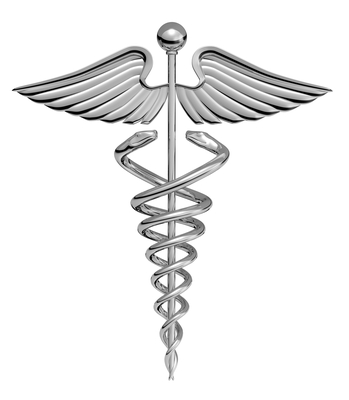A phlebotomist is someone who takes blood samples in a medical library. Individuals in this career field earn a median salary of $32,710 per year. In order to start working in this field, the individual must get the right degree and certifications.
What Do They Do?
While some people specialize in just phlebotomy, there are also nurses who work in this field. These medical professionals are responsible for drawing blood from patients to run medical tests. They may work in medical offices, clinics or hospitals. They may work with ill patients or with people who are undergoing a normal wellness checkup.
To succeed in this field, the individual must be detail-oriented. They must make sure to draw the correct vials, label them and then process the vials. All of these activities take a certain skill set and dexterity. They must conduct medical tests and work well with the patient. This blood may be used for donations, transfusions, tests or medical research.
Educational Requirements
The requirements for phlebotomy vary depending on the state. In some areas, these individuals need to have an extra certification or licensure. Other areas allow phlebotomists to work in this field using just on-the-job training.
To get hired, applicants will generally need to be a high school graduate. They will need to take a course at a vocational or technical school to learn about the career. Once hired, some medical professionals continue their education with nursing or medical school.
Job Duties
Depending on the employer, the individual may be expected to do different tasks. In general, they will be the person who draws blood from patients and gathers specimen samples. Afterward, these samples are labeled and brought into the laboratory. A phlebotomy technician can expect to carry out most of the following activities.
– Deciding the best way to draw blood for each patient
– Collect blood samples
– Label each vial with the patient’s name and date
– Use a centrifuge on the samples when needed
– Be friendly and courteous with each patient
– Use infection control standards with all equipment and very patient
– Transport specimen samples to the laboratory
– Organize the phlebotomy cart or station
– Make sure to practice proper patient identification
– Work with patients of every health status or age
To make sure that this is the right career choice, many individuals spend time interning in phlebotomy before they graduate. An internship or job shadow helps individuals learn if this is the right career for them. In addition, students can gain real experience in the field that can help improve their resumes.
Job Outlook
In 2014, there were 112,700 individuals working in this career field. By 2024, this number is expected to grow by an additional 28,100. With an expected 25 percent growth, this field is growing much faster than the average job.
With the right education and experience, students can prepare for a rewarding career. Once the student has graduated, they can get certified to work in the industry. Before long, they can enjoy a rewarding career as a phlebotomist.
